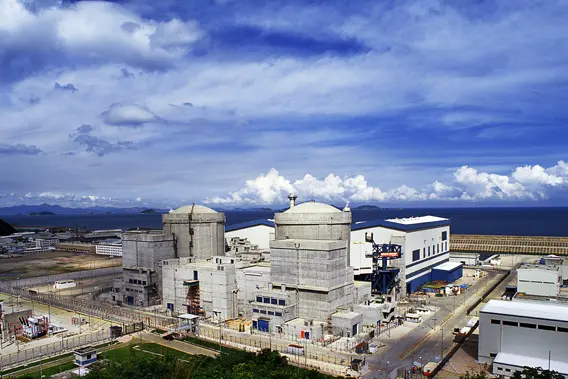China will further develop nuclear power to fulfill its target of increasing the proportion of non-fossil energy consumption to 20 percent of the total energy consumption by 2030, a climate official said Wednesday.
The statement was made by Xie Zhenhua, China's special representative on climate change, during a press conference held by the State Council.
In coastal areas with suitable conditions, some nuclear power plants are already being built and technology is being upgraded.
China is also selecting inland sites for nuclear power plants, but it still requires further argumentation about the time and locations, according to Xie.
"Security should be considered the most important factor when developing nuclear power," Xie said, adding China was committed to ensuring equipment, management and location safety.
China's nuclear power development was put on hold following the Fukushima nuclear disaster in Japan in March 2011. Approvals for new nuclear plants were also suspended and a nationwide safety review launched after the incident. Approvals were cautiously resumed in October 2012.
The State Council approved major hydropower and nuclear power projects last Wednesday, vowing to continue developing clean energy to secure steady economic growth.
It is hoped that hydro- and nuclear power projects will help stabilize economic growth, optimize energy structure and improve people's livelihoods, said a statement released after an executive meeting of the State Council.
China, during the United Nations climate change conference, pledged to cut its carbon emissions per unit of GDP by 60-65 percent from 2005 levels by 2030; increase non-fossil fuel sources in primary energy consumption to about 20 percent; and peak its carbon emissions by the same date.
"If the emission targets are realized, China's air pollution will also be reduced by about 42 percent," Xie said.
On Tuesday, 40 cities in north China issued alerts for air pollution. Beijing issued its second red alert this month, the most serious level of the four-tier warning system.
 简体中文
简体中文





